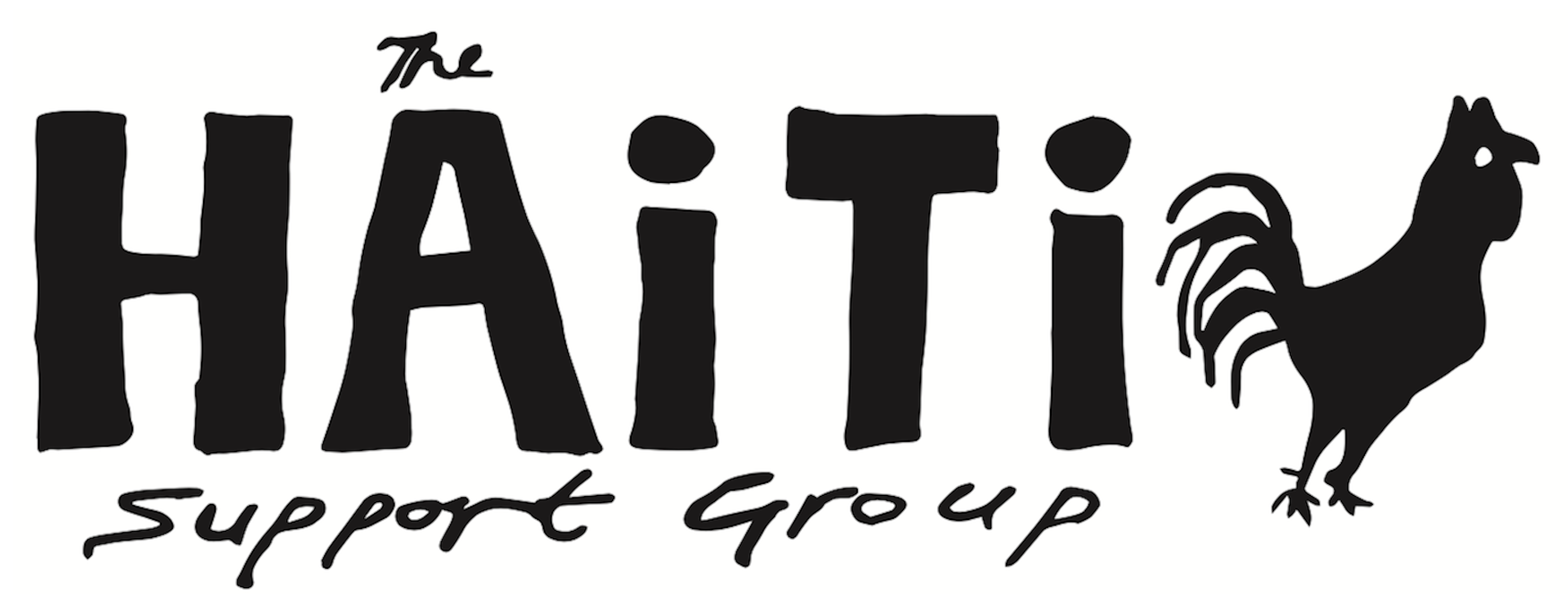Saving the Clothing Industry. 21 February 2010
Jordanie Pinquie Rebeca leans forward and guides a piece of suit-jacket wool and its silky lining into a sewing machine, where – bat! bat! bat! – they’re bound together to be hemmed. If she does this for eight hours, she will earn $3.09. Her boss will ship the pinstriped suit she helped make to the United States, tariff-free. There a shopper will buy it from JoS. A. Bank Clothiers for $550.
In the quest to rebuild Haiti, the international community and business leaders are dusting off a pre-quake plan to expand its low-wage garment assembly industry as a linchpin of recovery. President Barack Obama’s administration is on board, encouraging U.S. retailers to obtain from Haiti at least 1 per cent of the clothes they sell. But will that save a reeling country whose economy must be built from scratch?
Few Haitians have steady incomes, and unemployment is unmeasurable; before the quake it was estimated at between 60 and 80 per cent. In cities, most scrape by selling in the streets, doing odd jobs or relying on remittances from abroad that make up a quarter of Haiti’s $7 billion gross domestic product. Garments are central to the economic growth plan commissioned by U.N. Secretary-General Ban Ki-moon last year, a 19-page report written by Oxford University economics professor Paul Collier and promoted by former President Bill Clinton as special envoy to the impoverished nation. They say the sector could quickly produce hundreds of thousands of jobs thanks chiefly to two things: an existing preferential trade deal with the nearby United States, and cheap Haitian labour. The deal is the Haiti Hemispheric Opportunity through Partnership Encouragement Act, or “HOPE II.” Passed by the U.S. Congress in 2008, it lets Haiti export textiles duty-free to the U.S. for a decade. Last year, $513 million worth of Haitian-made apparel, the bulk of exports, was shipped with labels including Hanes and New Balance. Factory profit margins average about 22 per cent, according to Washington-based Nathan Associates Inc.
The cheap labour is Jordanie Pinquie Rebeca, and others like her. During a recent shift at the South Korean-owned factory where she works, employees softly sang a Creole hymn beneath the hot fluorescent lights: “Lord, take my hand. Bring me through.”
It was HOPE II that persuaded the bosses to move their Dominican plant and rename it DKDR Haiti SA. Nearly all the 1,200 people still working there after the quake make the new “outsourcing” minimum wage of 125 gourdes a day, about $3.09 – just a few cents more than the minimum wage in 1984. Pay was even lower last year when lawmakers raised the country’s minimum from $1.72 a day to almost $5 in response to protests. But owners complained, and President Rene Preval refused to enact the law. A compromise allowed non-garment workers to receive the higher minimum, but stuck factory workers with the “outsourcing” wage.
DKDR complied but cut production-based incentives, according to general manager Chun Ho Lee. Producing 600 pieces in a day used to yield a worker a bonus of $2.47. Now it’s worth $1.23. The low wages mean that Rebeca sleeps on the street and barely eats. With a day’s pay she can buy a cupful of rice and transport via group taxi, and pay down debt on her now-destroyed apartment. Anything left over goes to cellphone minutes to call her boyfriend, who was evacuated to the Dominican Republic with a leg fracture sustained in the quake, or her 4-year-old son, Mike, whom she sent to live with relatives in the countryside.
Meanwhile, holding that low-paying job makes it tough to get handouts from relief workers. “The foreigners are giving people food outside, but I can’t get anything. I have to stay here working all day,” she said.
All sides agree that garment-industry wages are too low to feed, clothe and house workers and their families. Even factory owners acknowledge that reality – though they deny running sweatshops and say the businesses have an important role. “It’s not enough to make a decent living, but it’s the first step” toward economic recovery, said George Sassine, president of the Haitian Industrialists Association.
Others said relying too much on clothing assembly is risky. “The garment sector is creating trouble for the economy because of social tensions and the low wages,” said prominent Haitian economist Kesner Pharel.
Prime Minister Jean-Max Bellerive, himself an economist, said that while the garment industry shouldn’t be ignored, increased investment should be sought in more enduring sectors such as agriculture and tourism. Still others fear a return to darker times: Under the brutal Duvalier dictatorships that ended in the mid-1980s, a small elite reaped the profits from facilities that assembled garments, baseballs and toys for sale in the U.S.
Last month’s earthquake cracked the metal-roofed DKDR building’s walls and prompted a costly, two-week shutdown. Another company’s factory, west of the capital in Carrefour, collapsed entirely, killing at least 300 workers. But garment industry production has already rebounded to 80 or 90 per cent of capacity, and the boosters’ enthusiasm is unshaken. In a recent opinion piece published in The New York Times, Collier likened the moment to the opening of the American West: “The earthquake could usher in such a boom in Haiti.”
There are currently 25,000 garment jobs, most in the same industrial park where DKDR’s plant is located. Owners want to expand to two new sites outside Port-au-Prince in line with government wishes to reduce pressure in the debris-choked capital where most of the 200,000 quake victims died.
At an October investors conference, Clinton laid out a vision for Haiti’s economy in which garments play a central role: “The rich will get richer, but there will be a much, much bigger middle class, with poor people pouring into it at a rapid rate.” For Haitians like Rebeca, who is unable to find other work, the chances of making that leap seem dim. “We’re just fighting to survive,” she said. (AP)

